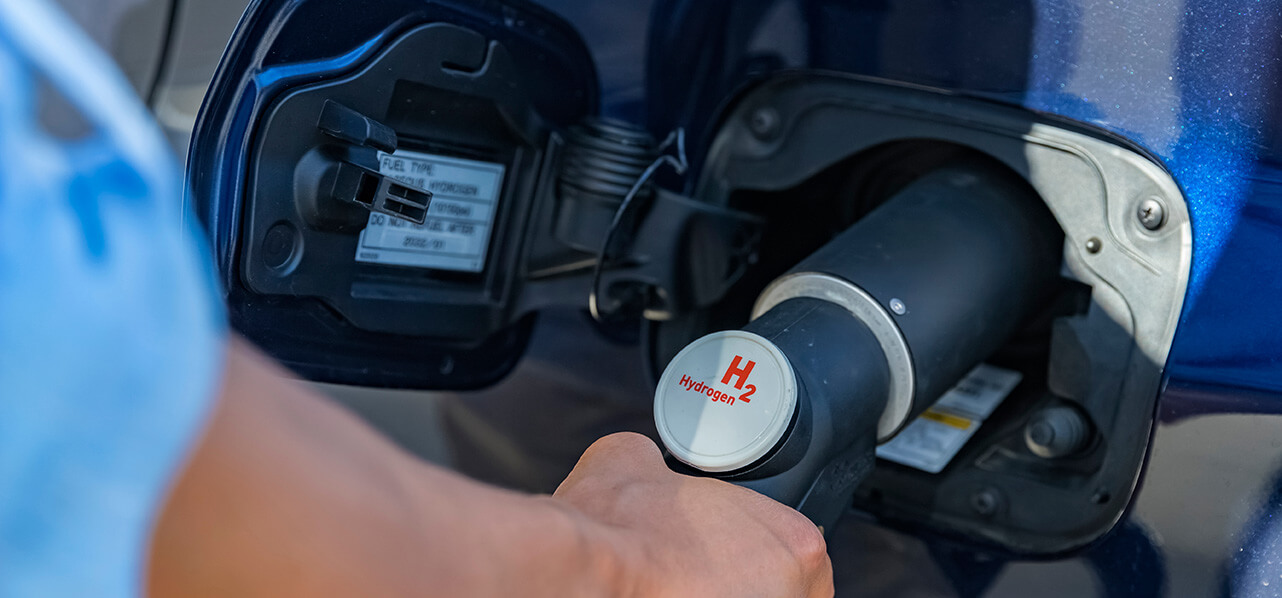Where are we now?
A lot of investment, both public and private, has been undertaken in the United Kingdom (UK) on hydrogen projects, from the sublime (the HySpirits gin distillery in Orkney¹) to the ridiculously ambitious (ZeroAvia’s hydrogen fuelled plane²) and everything in between. The hype and excitement are mounting across industries and sectors.
But something is still missing – a UK hydrogen strategy.


